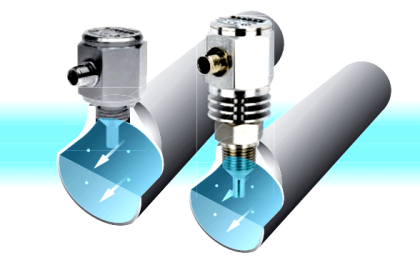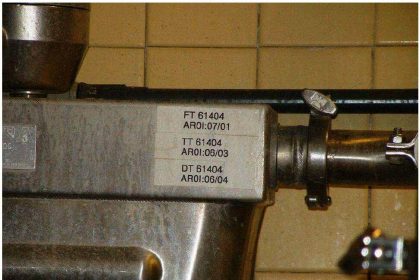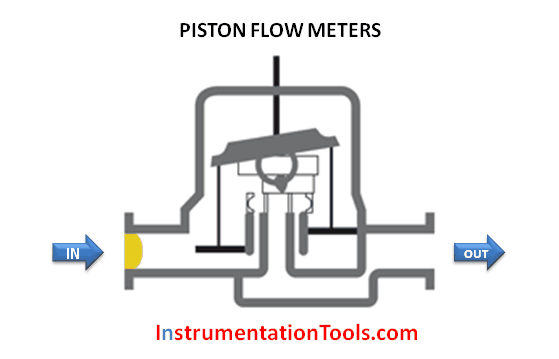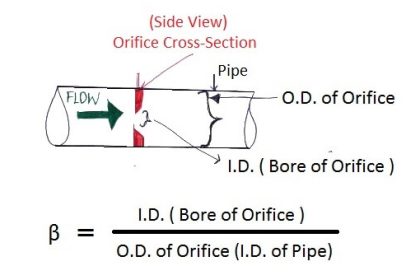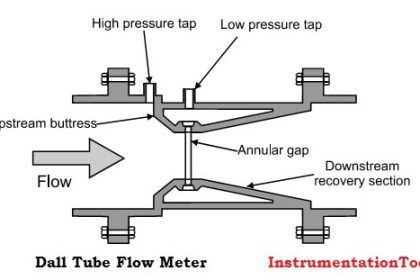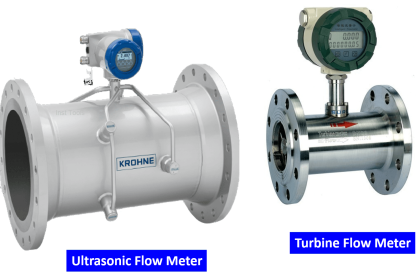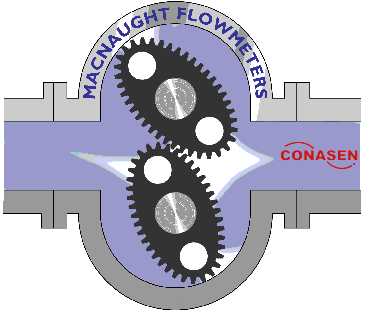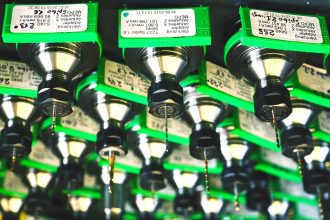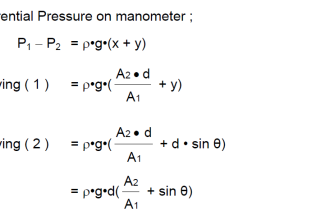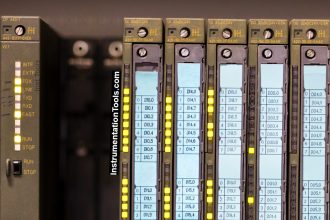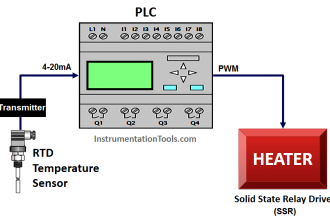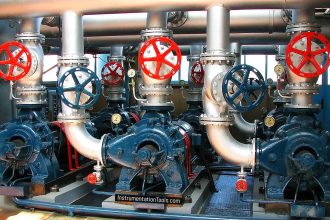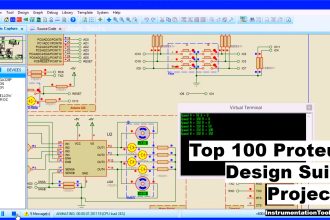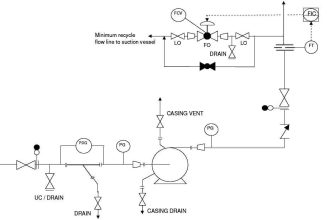An Ultrasonic Doppler flow meter transmits an acoustic signal into the flow stream at a specific frequency.
This signal reflects off particulates, either solids or gas bubbles.
Ultrasonic Doppler Flow Meter
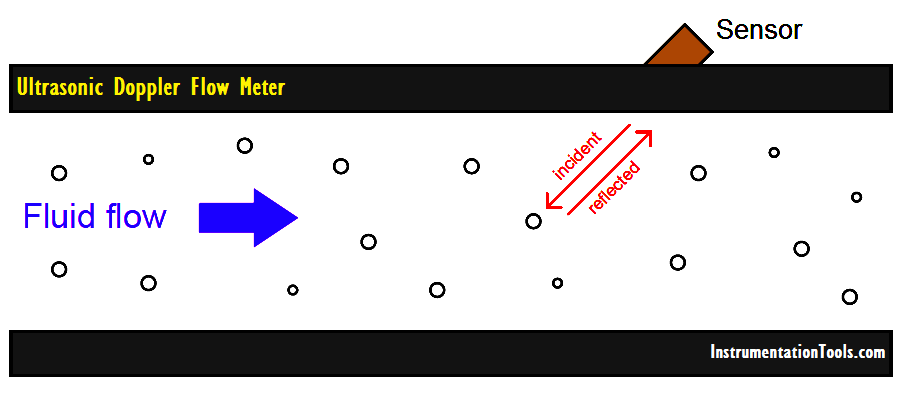
The reflected signal is detected by the receive transducer. The flow meter compares the transmit & receive frequencies & computes the frequency shift. This frequency shift is proportional to the liquid’s flow velocity & is known as the Doppler’s effect.
Doppler Flow Meters are only used for liquids containing gas bubbles or particulates.
Some of the applications where Doppler has an advantage over Transmit time are Treated Waste Water, Raw Water, Slurries, Sewage, Viscous Liquids, Acid, Pulp Stock, Food Products, Aerated Water, Cooling Water, etc.
Advantages of Doppler Flow Meter
The main advantage of Doppler flow meter is its non-intrusive design.
An acoustic-coupling compound is used on the surface of the pipe and the sensors are simply held in place to take a measurement or, for a more permanent installation, they are strapped around the pipe.
Some manufacturers offer a special clamp-on probe that allows connection to smaller pipe sizes.
Other advantages include:
- Easy installation and removal.
- No process downtime during installation.
- No moving parts to wear out.
- No process contamination.
- Works well with dirty or corrosive fluids.
- No leakage potential.
- Insensitive to liquid temperature, viscosity, density or pressure variations.
Disadvantages of Doppler Flow Meter
The main disadvantage of the doppler flow meter is the fact that the liquid stream must have particulates, bubbles, or other types of solids in order to reflect the ultrasonic signal. This means that the doppler flow meter is not a good choice for the water and very clean fluids.
The another disadvantage is that the accuracy can depend on particle-size distribution and concentration and also on any relative velocity that may exist between the particulates and the fluid. if there are not enough particulates available, the repeatability will degrade.
The other potential problem of this technology is that it can have trouble operating at very low flow velocities.
Applications of Doppler Flow Meter
Being non-intrusive, Doppler flow meters have a wide variety of applications.
Some of them include:
- Influent and effluent water flow.
- Digester feed control.
- Waste water.
- Crude oil flow.
- Mining slurries.
- Acids.
- Liquified gases.
If you liked this article, then please subscribe to our YouTube Channel for Instrumentation, Electrical, PLC, and SCADA video tutorials.
You can also follow us on Facebook and Twitter to receive daily updates.
Read Next:
- Flow Totalizer PLC Program
- Ultrasonic Sludge Blanket Level Meter
- Coriolis Mass Flow meter
- Questions on Flow Measurement
- Oscillating Piston Flow Meters
